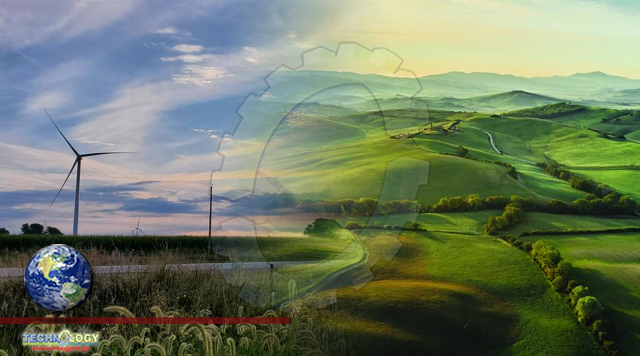Climate neutrality can only be met if all the sectors of the economy are aligned and contribute. So far, the power sector has been the core driver of the net-zero achieved by the EU.

The European Union has committed to reach climate neutrality by 2050 and meet the objectives of the Paris Agreement. Achieving this ambitious but necessary objective means redefining its energy system.
In order to support the deployment of renewables and ensure reliable access to sustainable energy, gas power generation technology plays a critical role today and will play also in the future by progressively moving towards low or net-zero carbon fuels. In order to send the right signals to markets and investors, it is crucial that the EU delivers policies that rely on carbon pricing and other technology neutral mechanisms.
Climate neutrality can only be met if all the sectors of the economy are aligned and contribute. So far, the power sector has been the core driver of the decarbonisation achieved by the EU. In the period between 2010 and 2019, the EU succeeded in reducing the CO2 emissions from the power sector by almost 30%.
According to the European Environmental Agency, this drop in emissions was mainly due to coal-to-gas switching, and the growth of renewable energy generation. Other sectors, like transport, have been less successful in reducing emissions. As electrification will be an important pathway to decarbonise the European economy, the delivery on decarbonisation objectives will depend on further reduction of power sector carbon footprint.
Gas power technology is a force multiplier for renewables growth, especially when appropriately valued by electricity markets. It is essential for the delivery of stable and resilient power, and a destination technology for 2050.
Through the increased deployment of renewable and low carbon gases (supported by the revision of the Renewable Energy Directive and the forthcoming gas decarbonisation package) as well as the deployment of carbon capture and storage where appropriate, gas power generation can progressively decarbonise while supporting other sectors through accelerated electrification to achieve their own emissions reduction goals.
All this will depend on an electricity market structure that appropriately values flexibility and resilience, the key attributes that are not fully recognised in today’s frameworks.
To deliver climate neutrality, carbon pricing is crucial to sending the right signals to market participants. The upcoming revision of the Emission Trading System (ETS) as part of the “Fit for 55” package has to strengthen the current system to ensure it will guide markets towards a cost-effective energy transition. Carbon pricing works because it is technology neutral and avoids distortion through political decisions.
Likewise, the forthcoming methane regulation is critical to preserve the industry’s license to operate particularly as methane emissions can be reduced by applying existing technologies. GE supports policies which enable the development and roll out of a wide range of existing and future solutions and keep open different pathways for technologies and energy sources.
Turbines operating on cleaner gaseous fuels can play a crucial role in accelerated phase out of coal and in enabling the energy transition in EU member states with carbon intensive generation mix.
\Coal-reliant countries must prioritise rapid gains leading to lower cumulative emissions over the period to 2050 to reduce their carbon intensity. European policies should not only permit but support the rapid deployment of lower carbon generation technologies in these countries, while remaining aligned with the long-term objective of climate neutrality.
As a technology and service provider for the full length of the energy value chain, GE has a unique perspective on the energy transition and has a suite of complementary technologies, including gaseous fuel-fired power solutions with hydrogen and CCUS capability. The gas turbines that GE delivers today, or upgraded existing units, will be able to run on increasing shares of hydrogen.
The upcoming revision of Europe’s climate and energy framework is an exciting opportunity to deliver on the Paris Agreement. Gas turbine technology enables accelerated deployment of renewable energy generation today, by providing needed stability, while leading to lower cumulative emissions through progressive decarbonisation and coal to gas switching. GE calls on policymakers to support delivery of Europe’s climate objectives by setting a framework which maximises the potential of Europe’s power system.
Originally published at Euractiv